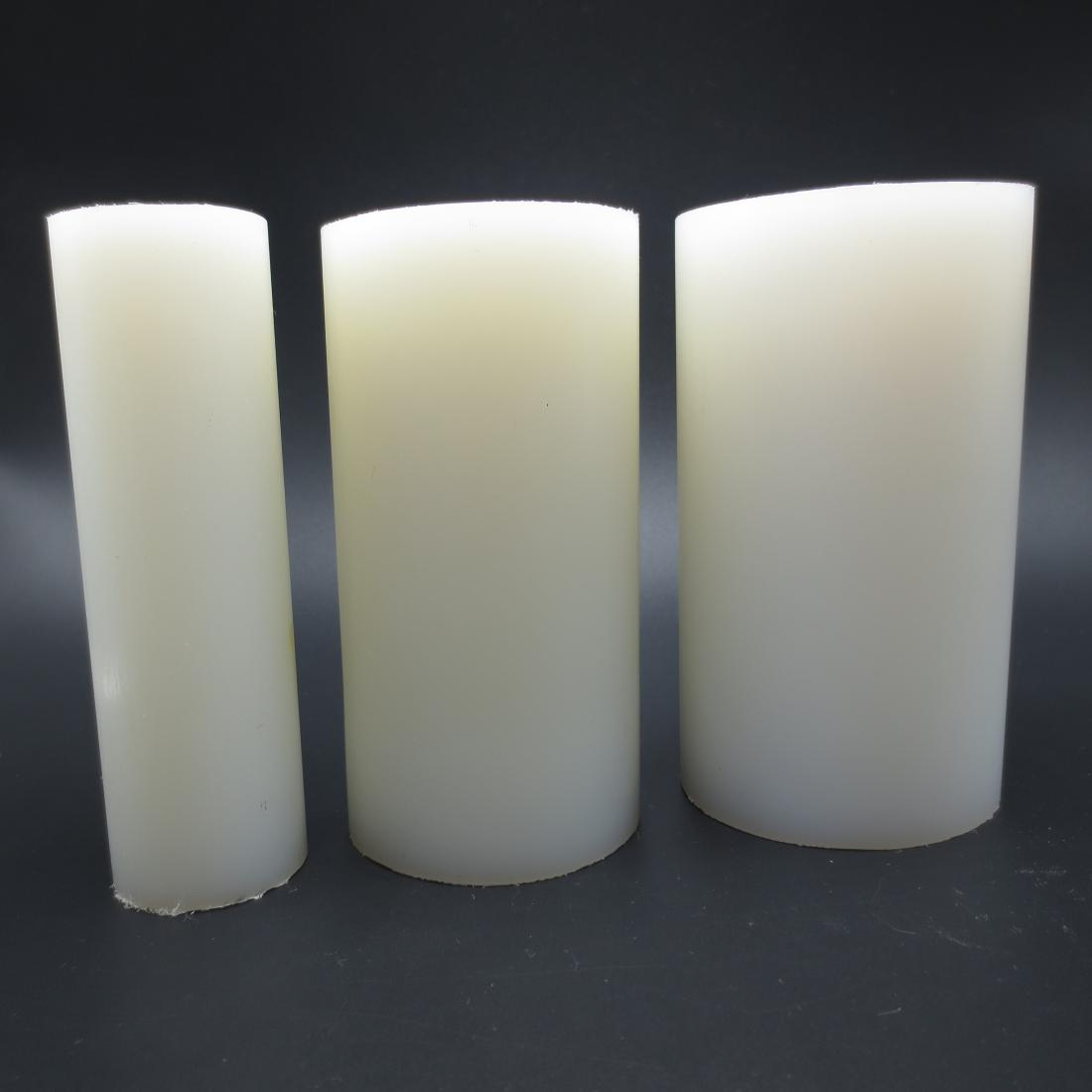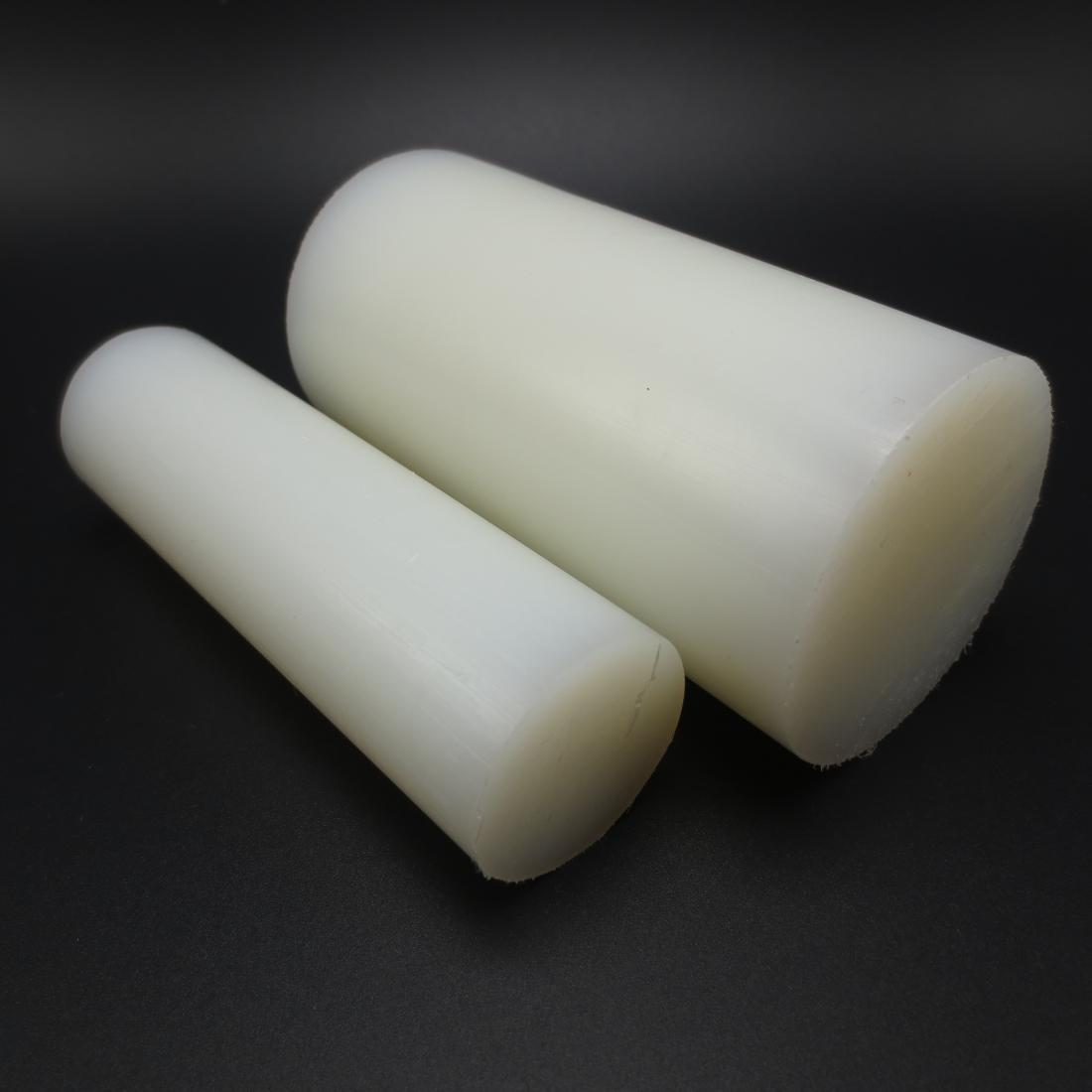rods are commonly used in fuel lines and pneumatic systems due to their ability to resist corrosion and maintain integrity under harsh conditions.

The material’s temperature adaptability spans from -40°C to +110°C, allowing it to function effectively in both extreme cold and moderate heat environments. While continuous exposure to temperatures above 120°C may degrade its properties, short-term thermal resistance up to 150°C enables its use in transient high-heat scenarios. This balance between thermal resilience and cost-effectiveness makes nylon rod a preferred choice over metal alternatives in budget-sensitive projects.
Another key benefit lies in its ease of fabrication. Nylon rods are available in standard diameters (from 6 mm to 300 mm) and lengths, enabling precise cutting and machining to meet specific design requirements. Their self-lubricating nature reduces maintenance needs, while the material’s compatibility with adhesives and coatings allows for enhanced surface customization. These attributes contribute to streamlined production processes and reduced operational downtime.

In conclusion, nylon rod’s blend of mechanical robustness, chemical inertness, and thermal adaptability renders it a cornerstone in modern manufacturing. Whether used for precision machinery components or hygienic food-grade equipment, its reliability and cost-efficiency continue to drive its adoption across industries. As engineering demands evolve, nylon rod remains a staple material poised to address future challenges through innovation and practicality.


